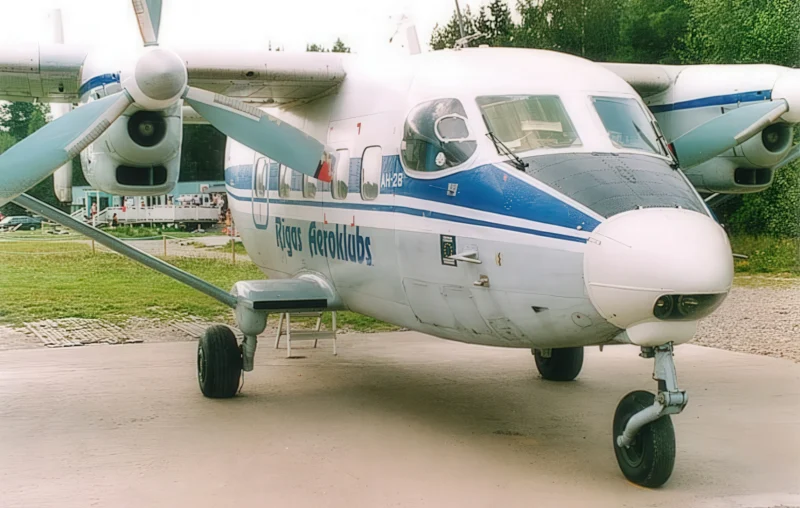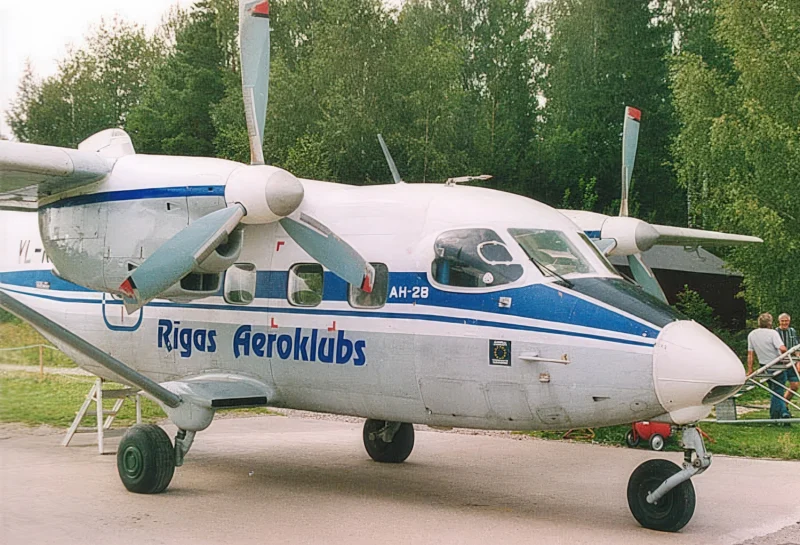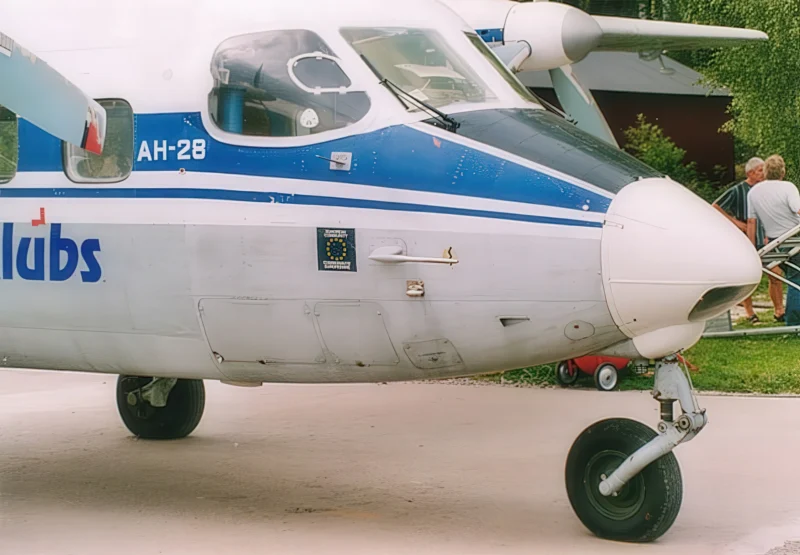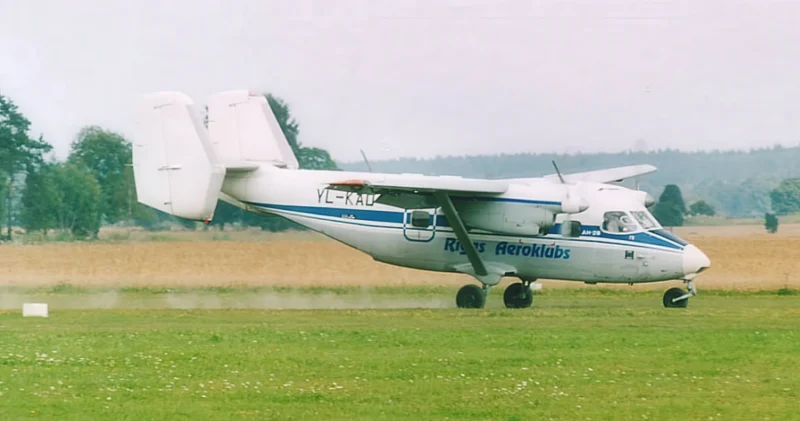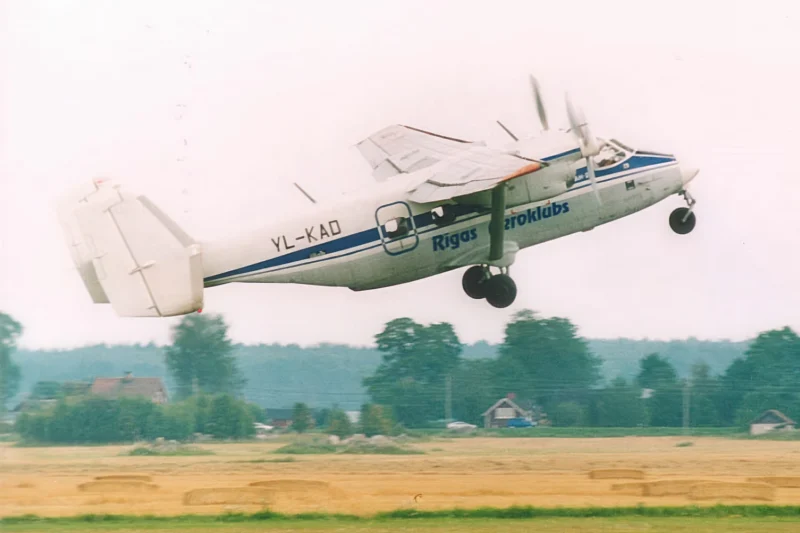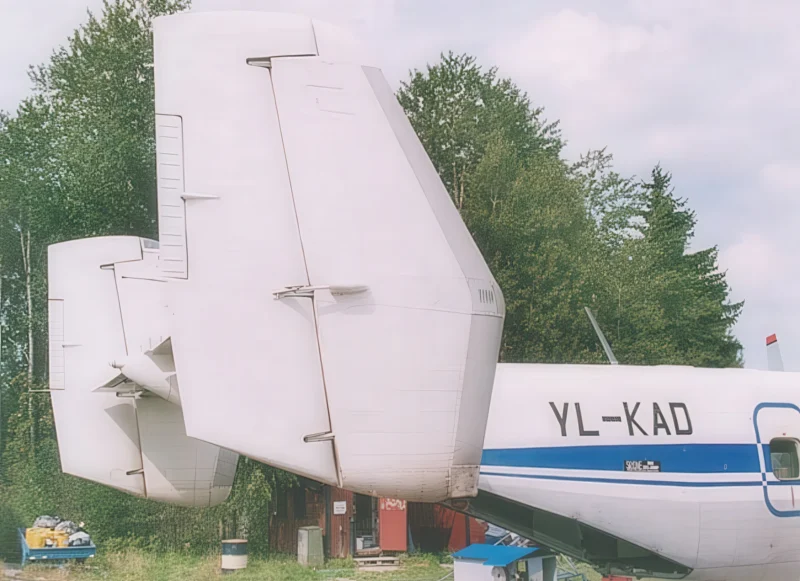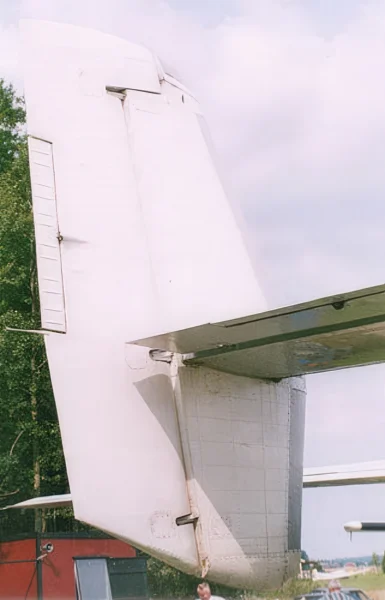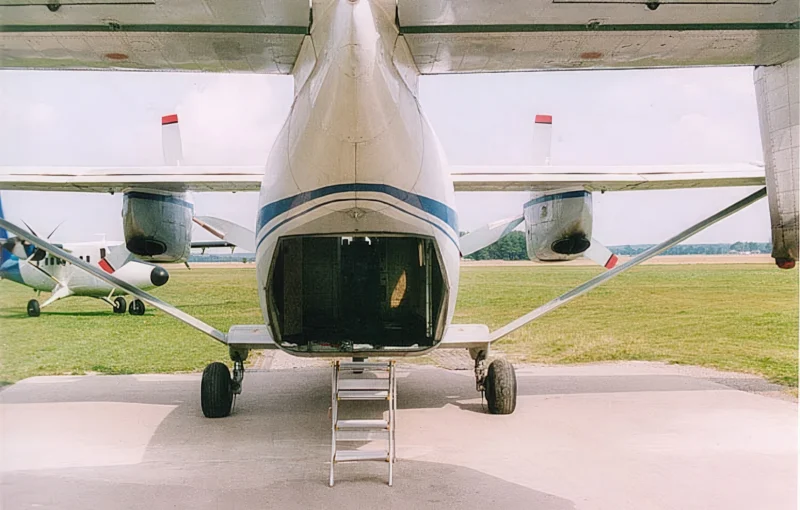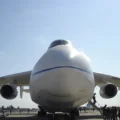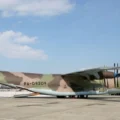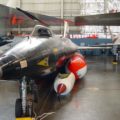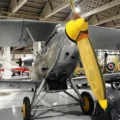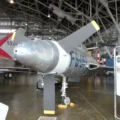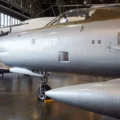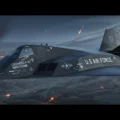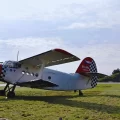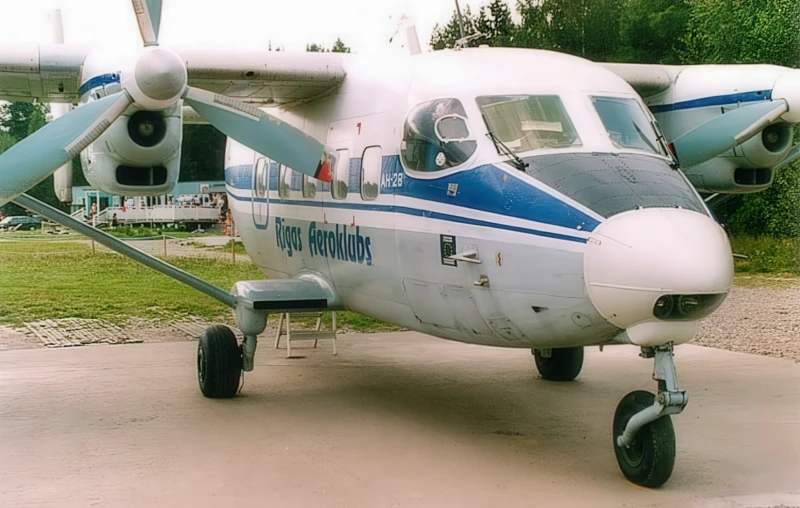
Antonov An-28 | |
|---|---|
| 国家 | 苏联 |
| 作用 | Short-range airliner and utility aircraft |
| 首次飞行 | 1969年9月 |
| 建立 | 191 |
这 Antonov An-28 (NATO reporting name Cash) is a twin-engined light turboprop transport aircraft, developed from the Antonov An-14M. It was the winner of a competition against the Beriev Be-30, for use by Aeroflot as a short-range airliner. It first flew in 1969. A total of 191 were built and 16 remain in airline service as at August 2015. After a short pre-production series built by Antonov, it was licence-built in Poland by PZL-Mielec. In 1993, PZL-Mielec developed its own improved variant, the PZL M28 Skytruck.
| Antonov An-28 Walk Around | |
|---|---|
| 摄影师 | 未知 |
| 本地化 | 未知 |
| 照片 | 15 |
另请参阅:
The Antonov An-28 is a **twin-engined, light turboprop transport aircraft** designed for short-range passenger and cargo operations, particularly well-suited for challenging environments and short, unprepared airstrips. Developed from the An-14 “Pchelka” (Little Bee), it became a versatile workhorse, especially in former Soviet bloc countries and developing nations.
Overview and Design Philosophy
- STOL Capability: The An-28 is renowned for its Short Take-off and Landing (STOL) capabilities, allowing it to operate from very short, unpaved, and even snow-covered runways. This was a primary design goal, inherited from its predecessor, the An-14.
- Rugged Construction: Built to withstand harsh conditions, its robust construction and high-wing design make it highly reliable in remote areas with limited ground infrastructure.
- Versatile Transport: It can quickly be reconfigured from passenger to cargo, or even specialized roles, making it highly adaptable for various missions.
- Safety Features: A notable safety feature is its automatic propeller feathering system, which automatically feathers the propeller of an inoperative engine, and a rudder trim tab that automatically adjusts to counter asymmetrical thrust, aiding stability in case of engine failure.
Key Features and Specifications
- Configuration: It’s a 高翼单翼飞机 with twin turboprop engines mounted on the wings, and a conventional tail unit with twin vertical stabilizers. The high wing allows for better ground clearance for the propellers and access to the cargo hold.
- Engines: Typically powered by two PZL (Polish) ASz-62IR-M18 (formerly Glushenkov TVD-10B) turboprop engines, each producing around 969 shaft horsepower (723 kW). These engines are known for their reliability. Later variants, like the An-28B1R, might use more powerful engines.
- Propellers: Equipped with three-bladed, reversible-pitch propellers.
- 能力:
- Passengers: Up to 18 passengers in a typical commuter configuration.
- Cargo: Approximately 1,750 kg (3,858 lbs) of cargo. The rear fuselage features a large clam-shell door for easy loading and unloading of bulky items.
- Performance:
- Cruising Speed: Around 335 km/h (208 mph).
- 范围: Approximately 1,370 km (850 miles) with maximum fuel.
- Take-off Run: Very short, often less than 200 meters (656 ft) in optimal conditions.
- Landing Run: Similarly short, often less than 150 meters (492 ft).
- Landing Gear: Fixed tricycle landing gear with large, robust tires, designed to absorb impacts from rough landings and operate on unpaved surfaces.
- Avionics: Basic but reliable avionics suited for visual flight rules (VFR) and limited instrument flight rules (IFR) operations.
Operational History and Variants
- 起源: The An-28’s design began in the early 1970s as a direct successor to the An-14. Its first flight was in 1969, and initial production was undertaken by Antonov.
- Polish Production: The vast majority of An-28s were license-built in Poland by PZL-Mielec from 1983 onwards, under the designation PZL M-28 Skytruck (and various sub-variants). This is why many An-28s seen today are Polish-built.
- Military and Civilian Use:
- Widely used by the Soviet Air Force and later by the air forces of former Soviet republics and Warsaw Pact nations (e.g., Poland, Ukraine).
- Extensively used by civilian airlines, particularly for regional and feeder routes in rugged or remote areas where larger aircraft cannot operate.
- Notable Variants (including Polish production):
- An-28: Original Soviet production version.
- PZL M28 Skytruck: Main Polish production version with various upgrades, including different avionics, de-icing systems, and often more powerful Pratt & Whitney Canada PT6A turboprop engines (especially on export models to Western countries).
- PZL M28 Bryza: Polish maritime patrol and reconnaissance versions for the Polish Navy, equipped with radar and other specialized equipment.
- An-38: A modernized, stretched version with more powerful engines and increased capacity, developed by Antonov but only produced in small numbers.
遗产
The Antonov An-28, particularly in its PZL M-28 Skytruck iteration, remains a vital aircraft for many operators worldwide due to its unparalleled STOL performance, robust design, and ability to serve isolated communities. It continues to be an active aircraft in military, paramilitary, and civilian roles, especially where reliability and the ability to operate from minimal infrastructure are paramount.
视图 : 24
